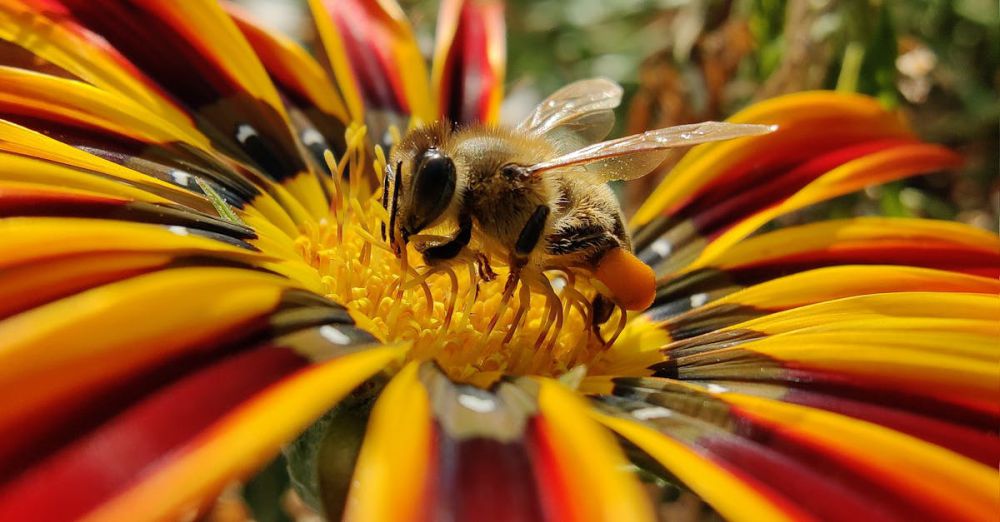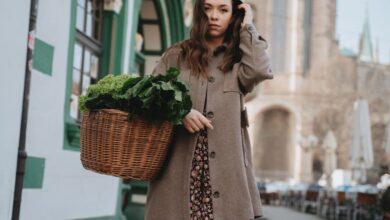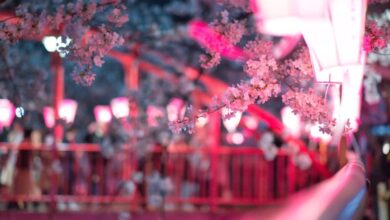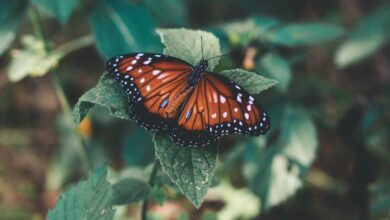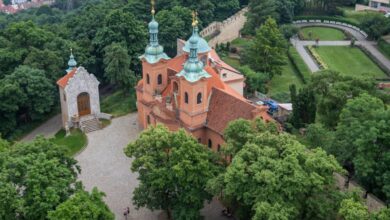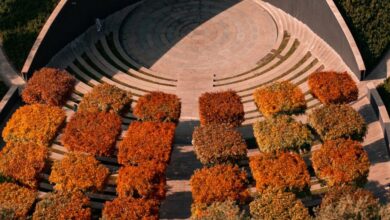What Are the Best Urban Gardens for Pollinator-friendly Plants
The urban landscape is rapidly evolving, and with it comes a growing awareness of the essential role pollinators play in our ecosystems. As city dwellers become increasingly interested in sustainability, urban gardens have emerged as a vital tool for encouraging biodiversity. Not only do these gardens provide a green refuge in concrete jungles, but they also serve as sanctuaries for bees, butterflies, and other important pollinators. If you’re looking to create a pollinator-friendly urban garden, here are some of the best options to consider.
Native Plant Gardens
Incorporating native plants into your urban garden is one of the most effective ways to attract pollinators. Native plants have evolved alongside local pollinators, making them particularly attractive and beneficial. They provide the right type of nectar and pollen that these creatures rely on, ensuring a harmonious relationship. Consider plants like coneflowers, goldenrods, and milkweeds, which are all native to many regions and are known to attract a variety of pollinators.
Container Gardens
If space is a premium in your urban environment, container gardens can be a smart solution. These versatile gardens can be placed on balconies, patios, or even window sills, allowing urban gardeners to cultivate pollinator-friendly plants in small areas. Choose containers that are deep enough to accommodate root systems and select a variety of plants such as lavender, salvia, and zinnias. These plants not only provide vibrant colors but also act as magnets for bees and butterflies.
Vertical Gardens
Urban spaces often lack horizontal gardening space, but vertical gardens are a fantastic way to maximize limited areas. These gardens can be created on walls, fences, or specially designed trellises. Consider climbing plants like passionflower or honeysuckle, which can attract hummingbirds while providing a lush green backdrop. Herbs such as mint and basil can also thrive in vertical setups, offering fragrant blooms that pollinators adore.
Community Gardens
Joining or creating a community garden is an excellent way to foster a collective effort toward pollinator-friendly gardening. These shared spaces often bring diverse groups of people together, allowing for the exchange of knowledge and resources. Community gardens can be designed specifically to attract pollinators by planting a variety of species that bloom at different times throughout the growing season. This ensures a continuous food source for pollinators and encourages them to visit regularly.
Pollinator Pathways
Creating pollinator pathways throughout urban areas can greatly enhance local biodiversity. These pathways consist of a network of gardens and green spaces that provide food and habitats for pollinators. To establish a pollinator pathway, connect existing gardens and green spaces with additional plantings that focus on native and pollinator-friendly species. This effort not only benefits pollinators but also enhances the beauty and ecological health of urban environments.
Edible Gardens
Incorporating edible plants into your urban garden can also attract pollinators while providing fresh produce. Many fruits and vegetables, such as tomatoes, strawberries, and squash, rely on pollinators for successful fruiting. By planting a mix of edible and ornamental flowers, like marigolds and nasturtiums, you can create a vibrant garden that serves dual purposes. This approach not only supports pollinator populations but also promotes sustainable living by providing homegrown food.
Creating a Pollinator Haven
Designing a pollinator-friendly urban garden is not just about planting flowers; it involves creating an ecosystem that supports these vital creatures. Incorporate features like water sources, such as small ponds or birdbaths, and provide shelter through native shrubs or small trees. Avoid using pesticides and herbicides that can harm pollinators. By creating a safe and inviting environment, you can ensure that your urban garden becomes a thriving habitat for bees, butterflies, and other pollinators.
Embracing Urban Biodiversity
As urban areas continue to expand, the need for biodiversity becomes increasingly crucial. By cultivating pollinator-friendly gardens, city residents can make a significant impact on local ecosystems. Each garden, whether large or small, contributes to a larger network of habitats that support pollinators. Embrace the opportunity to transform urban spaces into vibrant, flourishing gardens that celebrate nature while providing essential resources for these crucial pollinators. By doing so, we not only enhance our urban environment but also foster a greater connection to the natural world around us.

